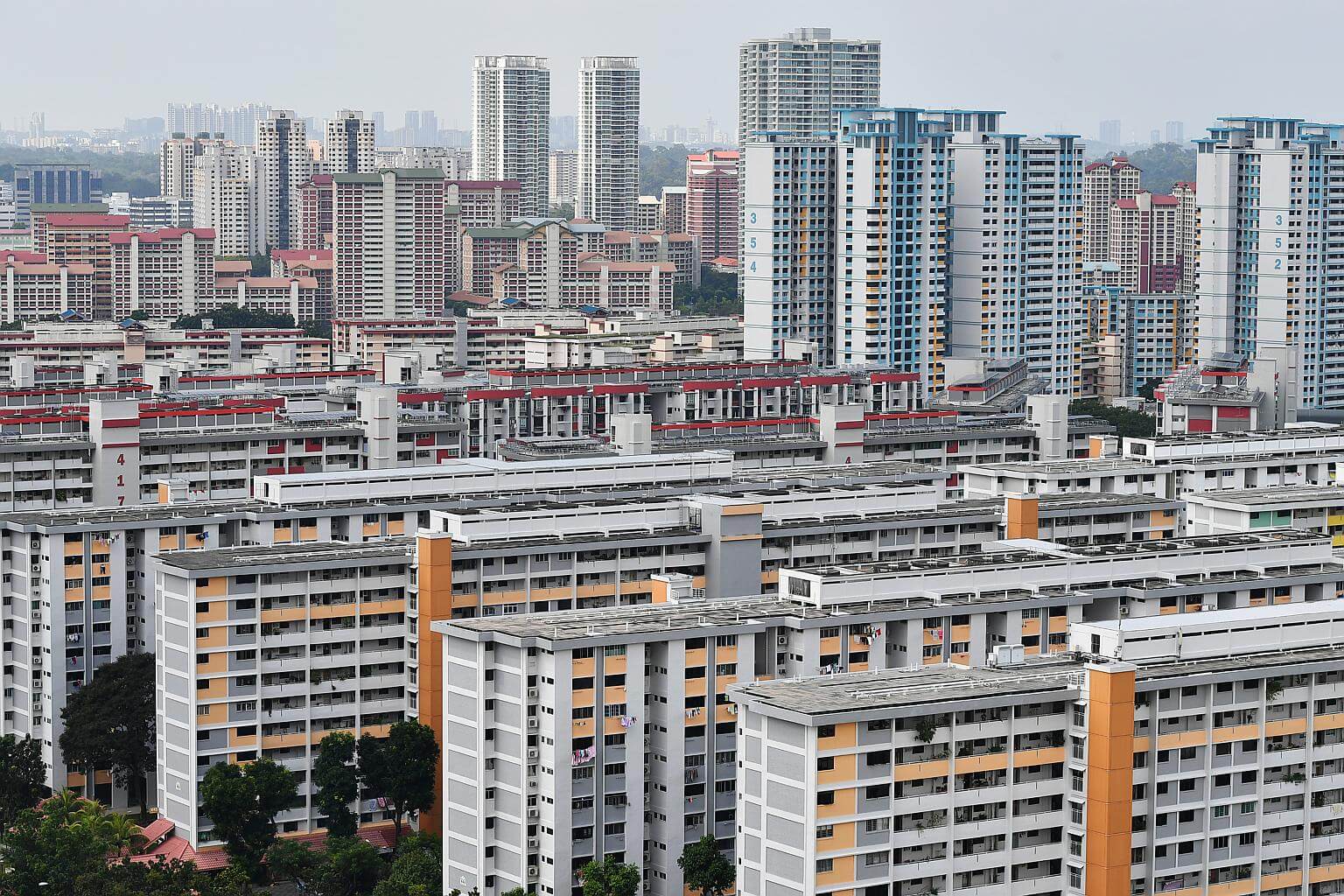Income growth slows for less well-off in Singapore
Income inequality rises slightly, but remains the same after government transfers, taxes
Sign up now: Get ST's newsletters delivered to your inbox

Median household income - which is the midpoint in a range - rose by 2 per cent in nominal terms, from $8,846 in 2016 to $9,023 a month last year.
ST PHOTO: LIM YAOHUI
Yasmine Yahya
Follow topic:
Incomes from work of less well-off families in Singapore grew last year - but at a slower pace than those of better-off households.
A Department of Statistics report released yesterday showed that the bottom half of Singapore households saw growth in real income - which takes inflation into account - rising between 2.1 per cent and 3.6 per cent for each household member.
For the next 40 per cent, the increase ranged between 3.7 per cent and 4.5 per cent.
The less well-off recorded slower income growth last year, but between 2012 and last year, their real income per household member went up between 4.2 per cent and 4.6 per cent a year, faster than the rise of between 2.2 per cent and 4.2 per cent among the better-off.
The Gini coefficient also rose slightly to 0.459 from 0.458 in 2016, which was the lowest level in a decade. It, however, remained the same after taking into account government transfers and taxes.
The Gini coefficient measures income inequality from zero to one, with zero being most equal.
As for overall median household income - which is the midpoint in a range - the latest report showed it rose by 2 per cent in nominal terms, from $8,846 in 2016 to $9,023 a month last year. After accounting for inflation, the rise was 1.5 per cent.
Experts interviewed yesterday said Singapore needs to keep a close eye on the income gap to ensure social mobility and prevent social stratification.
The danger of widening income inequality was highlighted by Prime Minister Lee Hsien Loong in a parliamentary reply this week. He warned that if left unchecked, it would lead to "a rigid and stratified social system" that would cause Singapore's politics to turn vicious, its society to fracture and the country to wither.
The best long-term solution to managing the income gap is skills training and education, said SIM Global Education senior lecturer Tan Khay Boon. He also said that "social mobility is more important and effective over the long term to assist low-income groups to move into the middle income".
Meanwhile, the marginally wider income gap between the top and bottom half of all households last year reflects changes in the job market, said Maybank Kim Eng economist Chua Hak Bin.
Professionals, managers, executives and technicians (PMETs) with higher skills, especially in IT, are in greater demand and earning more in today's digital economy. "At the same time, disruption like e-commerce in the retail sector has reduced demand and wages for blue-collar workers," Dr Chua added.
Government transfers helped narrow the gap. The report noted that last year, on average, resident households, including those with no working person, received $4,433 for each family member from various schemes.
Families in one-and two-room flats were given $10,245 for each household member on average, more than double the transfers received by households in bigger homes.
The experts stressed that it is important to manage income inequality in Singapore. But they also said the income gap is inevitable because of Singapore's status as a global hub, attracting top talents from around the world who command high salaries.
"The Government walks a fine line. While existing transfers are not insignificant, we don't want to be too generous until people have no incentive to work," said Professor Neo Boon Siong, dean of Nanyang Business School.
SEE TOP OF THE NEWS

